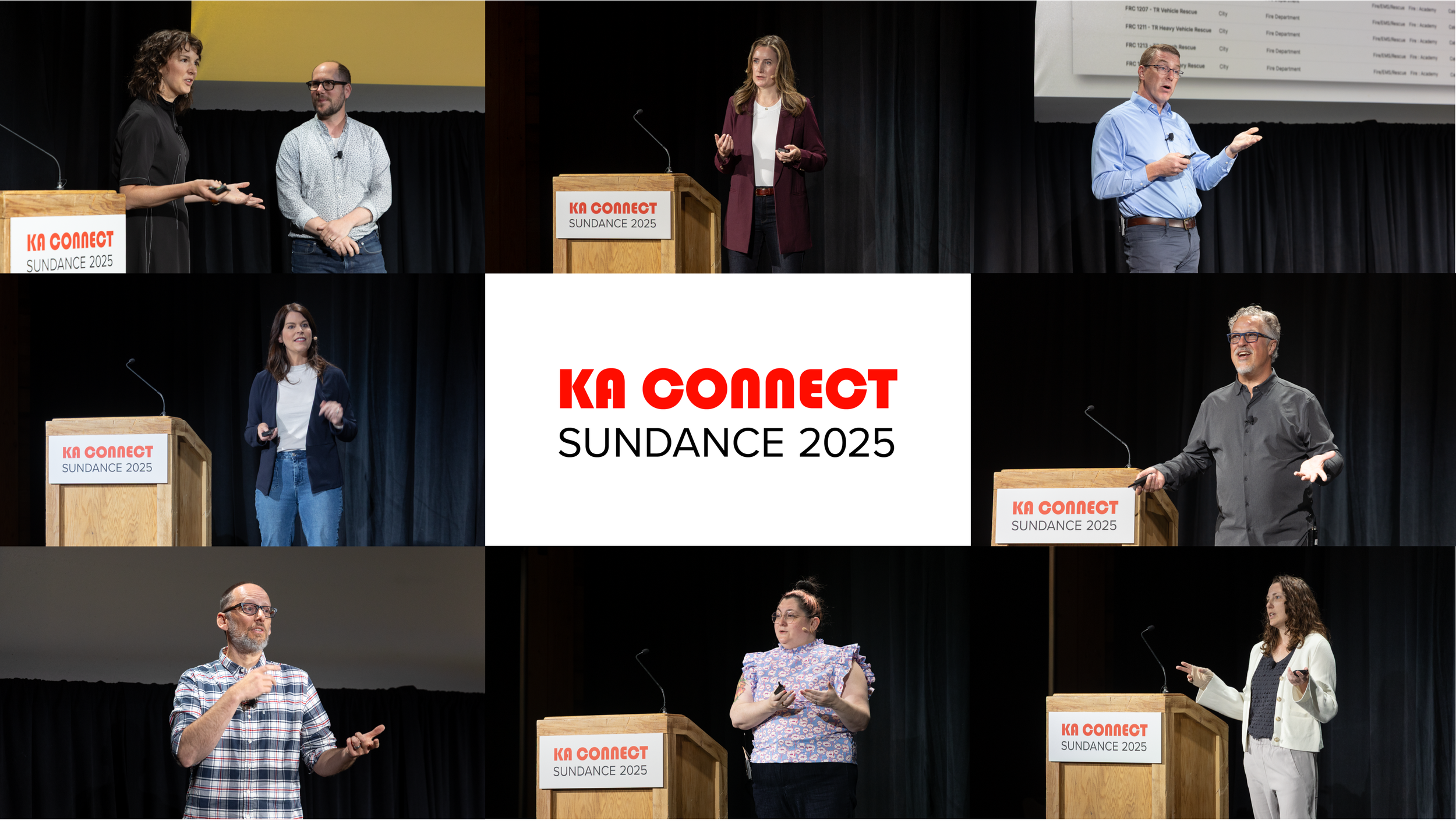In this episode of Welcome to KM 3.0, we talk with Todd Henderson—Director of Practice Improvement at Boulder Associates—about how one of the most inventive thinkers in our community is using AI, structured inquiry, and thoughtful experimentation to reshape how knowledge flows inside an expert-driven firm.
Todd takes us inside a series of real-world practices: from building a repeatable “conversation-to-content” pipeline that makes it effortless for subject matter experts to share what they know, to designing a medical planning accelerator that surfaces hidden assumptions, closes knowledge gaps, and strengthens a critical area of practice.
We also explore some of Todd’s more experimental work—building lightweight role-play scenarios to help teams practice difficult client interactions, designing short internal “med talks” to spread tacit expertise, and prototyping ways to use AI during medical planning interviews without losing the human nuance that matters most.
This episode is rich with practical ideas: how to extract high-value insight from busy experts; why interviewing novices reveals blind spots an organization can’t see from the top; and what it looks like to treat AI as a thinking partner—not a replacement, but a tool that sharpens inquiry, surfaces missing knowledge, and helps teams build a more resilient understanding of their work.
If you’re interested in designing learning organizations, exploring how experimentation can reshape learning inside AEC firms, or understanding how AI can help teams think more clearly—this episode is for you.
Read more








